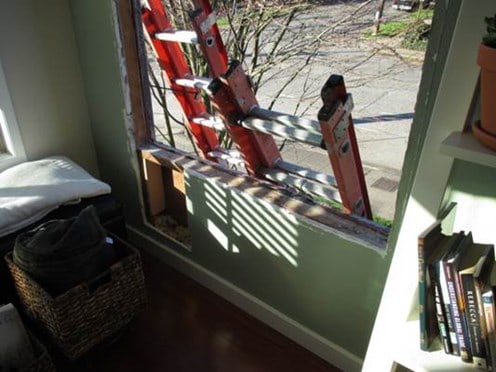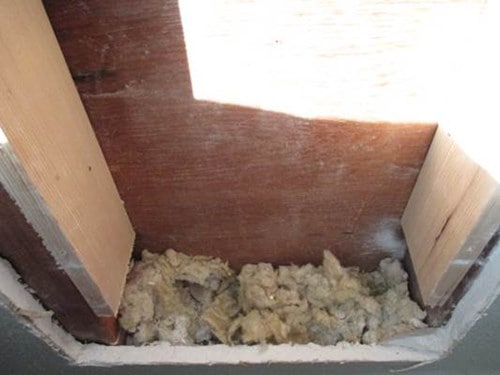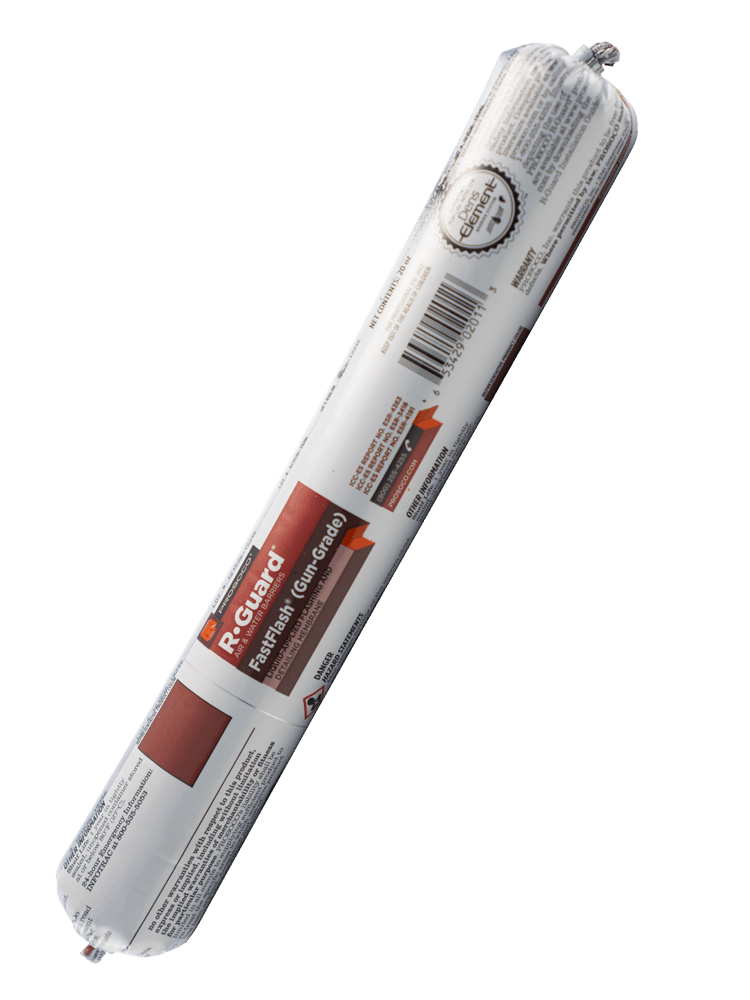FastFlash proves durable performance over 10 years.
A lot can happen to a building over 10 years. Weather happens. Leaks happen. In worst-case scenarios, some newly constructed structures even need to be demolished after 10 years (or fewer) due to poorly designed and installed building products.
At PROSOCO, we’ve long known our R-Guard line of air- and water-resistive barriers contribute to the long-term durability of buildings.
Now FastFlash is the only fluid-applied flashing material that’s got evidence to prove it.
In 2005, FastFlash was used on the Renaissance Condominiums in Seattle, Wash., in a whole-structure building envelope remediation project by Tatley-Grund Building Repair Specialists.
In February 2015, that product was verified to be performing as intended by OAC Services, a building enclosure consulting firm. The report from OAC Services states:
“We found no adverse conditions related to the use of this product to any of the materials observed. All surfaces were dry and in good condition. We found no degradation of the FastFlash product used within the assembly.”
This milestone has been long-awaited by the industry, said Dave Pennington, Building Envelope Group Manager for PROSOCO.
“Now FastFlash is the only fluid-applied flashing material in the industry that can show 10-year historical performance data,” Pennington said. “This provides confidence to applicators and specifiers while separating PROSOCO from the many followers just entering the market.”
The observations made by OAC Services went much further than a cursory review. To access the wall assembly and verify the performance of FastFlash, the siding and window were removed in a unit on the Southwest corner of the building. This allowed for the observation of the wall sheathing and rough opening. An opening was also made on the interior of the building below the window to observe the condition of the wall cavity.
The Southwest corner of the building in particular was selected for its maximum exposure to the weather. In Seattle, severe weather patterns of wind and rain typically hit the south and west elevations of buildings more frequently than others.

FastFlash Case Study: 10 Years of Proof





